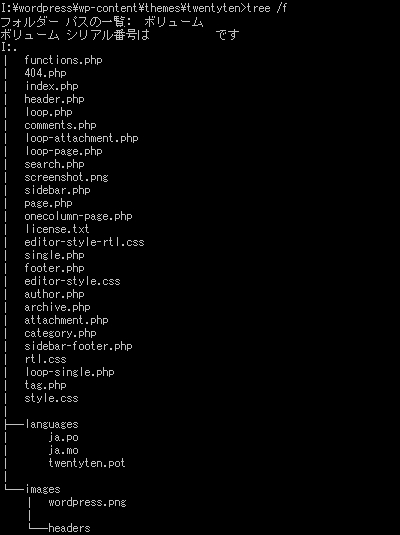A Must-See for Website Creation! Complete Guide to Useful Command Prompt Commands

In this article, we will explain Windows Command Prompt commands that are useful for website creation and daily tasks in a way that even those who are not familiar with engineering or technology can easily understand. Mastering these commands can significantly improve your work efficiency.
*The following examples assume a Windows PC environment. Please enter a half-width space where “+” is indicated on the Command Prompt.
How to Check Your PC’s IP Address
ipconfig
Use this command when you need to share the location of a file or receive it from someone else.
ipconfig + /all
allows you to check additional detailed information such as “Host Name”, “Physical Address”, etc.
When you enter ipconfig into the Command Prompt, your current PC’s IP address will be displayed. This is very useful when sharing files or configuring network settings. Additionally, by entering ipconfig /all, you can check detailed network information such as the host name and physical address.
How to Check if PCs on a Local Network Are Connected
ping + IP address of the target PC
It will output whether there is a response from the specified IP address every few milliseconds (around 4 times).
The ping command can be used to check if there is a response from a PC with the specified IP address. It tests four times every few milliseconds, which is useful for checking the network connection status.
How to Move Between Directories
cd + directory path
Use this command when moving between directories on the Command Prompt.
To move between drives (such as “C:” or “D:”),
Drive name:
(example) C:
allows you to move between drives.
You can easily move between directories by entering the directory path after the cd command. To switch to another drive, just enter the drive name followed by a colon (for example, C:). These commands are especially useful for organizing and navigating through files.
How to Check Directory or File Structures
Move to any directory and enter:
tree
To view the file tree, move to any directory and enter:
tree + /f
Here’s an image illustrating the result:

You can copy and paste this output into a memo when delivering data.
The tree command displays the directory structure of the current directory. By using tree /f, you can also view a detailed structure that includes files. This is especially useful when visually understanding the structure of directories or creating data delivery documents.
How to Display a List of Directories
dir
This command displays a list of directories and is useful for checking your current location after navigating through directories on the Command Prompt.
The dir command lists all the files and folders in the current directory. It’s helpful when you need to verify your location after moving between directories in the Command Prompt.
How to Compare Files
fc + file name 1 + file name 2
This will display the differences in the updated file.
Use it when you forget whether you’ve updated a file and need to check if two files are the same.
Although there are free comparison tools available, this command is quicker when comparing just one or two files on a PC without any installed comparison software.
The fc command compares the contents of two files and displays any differences. It’s particularly useful when you’ve made updates but can’t remember what changes were made. While there are software tools for file comparison, this command works great for quick and simple comparisons.
How to Open the Command Prompt
Windows key + r
This opens the “Run” dialog. Then, enter:
cmd
and click “OK” to launch the Command Prompt.
To open the Command Prompt, press Windows Key + R to open the “Run” dialog, enter cmd, and click “OK”. This is the first step in using the Command Prompt.
In Conclusion
Mastering these commands will make your PC operations faster and more efficient. Especially for frequent tasks during website creation or daily PC use, these commands allow you to complete tasks quickly and easily. I hope this article helps you with your PC operations.
*Please note that any usage of these commands is at your own risk.






